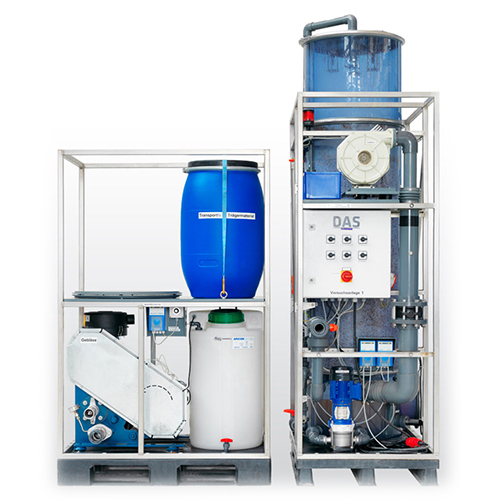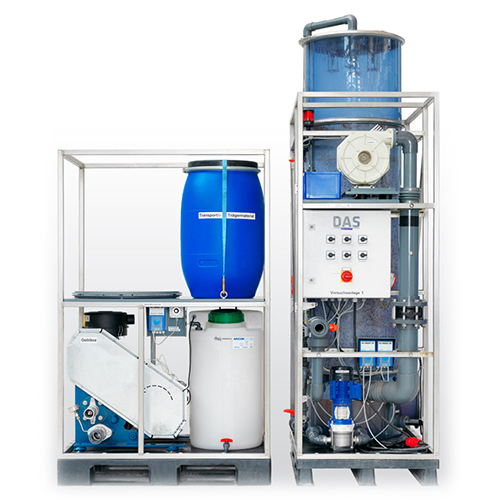Heavy Duty Waste Water Treatment Plant
Price 950000 INR/ Unit
Heavy Duty Waste Water Treatment Plant Specification
- Frequency
- 50 Hertz (HZ)
- Usage & Applications
- Industrial
- Warranty
- 1 Years
- Drive Type
- Electric
- Power Source
- Electric
- Automatic Grade
- Semi Automatic
- Product Type
- Waste Water Treatment Plant
- Water Source
- Ground Water
- Voltage
- 415 Volt (v)
- Purity Level
- High
- Installation Type
- Complete Civil Work With Installation
Heavy Duty Waste Water Treatment Plant Trade Information
- Minimum Order Quantity
- 1 Unit
- Payment Terms
- Cash Advance (CA)
- Supply Ability
- 100 Units Per Month
- Delivery Time
- 10 Days
- Main Domestic Market
- All India
About Heavy Duty Waste Water Treatment Plant




Tell us about your requirement

Price:
Quantity
Select Unit
- 50
- 100
- 200
- 250
- 500
- 1000+
Additional detail
Mobile number
Email
More Products in Waste Water Treatment Plant Category
Industrial Waste Water Treatment Plant
Price 450000 INR / Unit
Minimum Order Quantity : 1 Unit
Warranty : 1 Years
Usage & Applications : Industrial
Material : Stainless Steel
Automatic Grade : Full Automatic
GST : 09AAGCK1103M1ZL
Plot No - 22, Khasra No - 655, Udhiyog Kunj, Dasna, Near Mehrauli Railway Crossing,Ghaziabad - 201002, Uttar Pradesh, India
Phone :08045479814
Mr Vivek Kumar Sharma
(Director)
Mobile :08045479814
Mr. Neeraj Sharma
Mobile :08045479814
 |
KKENWORLD PROJECTS PRIVATE LIMITED
All Rights Reserved.(Terms of Use) Developed and Managed by Infocom Network Private Limited. |


 Send Inquiry
Send Inquiry


